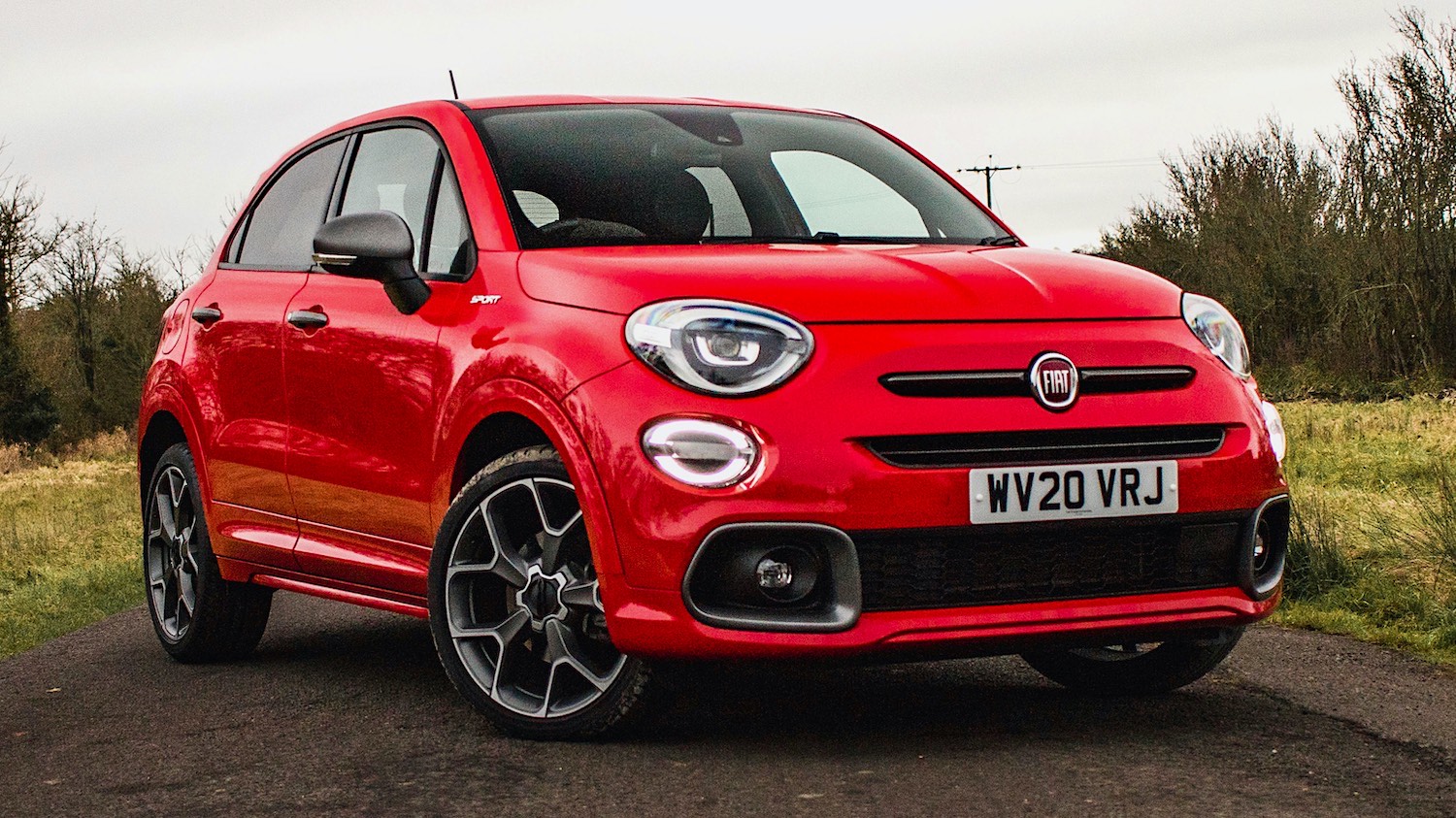The electric Fiat 500 could hardly be easier to drive.
In ‘Normal’ mode, it’s like a conventional fossil-fuel car. For the record, ‘Sherpa’ is another mode that limits the maximum speed to around 45mph when the batteries are getting low, along with a red warning alert.
The input of power by your right foot is as smooth as could be wished; as speed builds up, the system’s gentle humming dissipates into other road noise and returns briefly as a noticeable whine at around 47 mph. And that’s all the noise, with the exception of a slight suspension-graunching as the car comes to a halt, particularly noticeable when undertaking small manoeuvres in reverse.
Electric (in both senses of the word) acceleration is a feature of EVs and this Fiat is no exception. 0-62 mph in just over nine seconds is secondary to a very rapid take-off or mid-range spurt. (This Fiat offers 118 bhp, 87 KW.)
Most roads in the UK now being what they are, short-wheelbase cars like the Fiat tend to be less able to iron out all those undulations and imperfections. This is not to say that this car falls short in this respect because the ride, although sometimes wobbly, is comfortable and so are the seats.
The steering and handling are fine and the car is generally charming to travel in.
From the driver’s point of view, all the controls for driving are elegant and the stylish dashboard and console are refreshingly simple. The main instrument is backlit by fashionable pastel colours and can be switched for different displays.
The boot is small, of course, but very easily extendable by folding the seats. Placed in the boot is a bag containing the necessary charging cables.)
The satnav was straightforward, although using the voice command system was at first puzzling: a message on the screen said it could not be used while the vehicle was in motion — the opposite of what you’d expect. However, not quite believing this, I persisted and somehow, my navigation instructions were accepted.
I found that the screen’s automatic switch from day- to night mode was too sensitive while passing under trees, for example and taking a while to revert. A delve into the personalisation available sorts this out, although it does take a bit of a learning experience to work it out.
Lane departure systems have their use. The 500’s deploys at speeds over 40 mph; even on country roads with no markings, you can feel quite a firm, hidden autonomous hand at work, but, thankfully, not the unnecessary audible alert signal found in some other cars. However, it was another puzzle that the system seemed not always to recognise some dotted white lines.
Excellent minor features include the push-button door openers and the simplest of push-button P, R, N, D controls.
How do you ‘fill up’?
My most convenient charge-point happens to be Instavolt. After working on the mathematics, I reckoned that the difference in fuel/charging costs, in this case, was roughly 2.8 to 1 in the electric’s favour, measured against the top Fiat 500 1.2 petrol car’s official consumption figure.
Home-charging would be a lot cheaper and of course, a lot longer…I charged from 25% to 90% in about 45 minutes. Then, later, 52% to 80% in 19 minutes, costing £4.31, with the range displayed at 150 miles
A real-life range seems to be around 180 miles from 100%; this would assume mainly relatively short journeys without too much at 70 mph on the motorway.
But the ‘conventional’ Fiat 500 ‘Rockstar’, the top-of-the-range, is £16,800, no less than £10,000 cheaper than the electric vehicle. Knock off the government £2500 grant and you’re still way different: £29,598 including accessories for the test car.
It’s a huge ask, therefore, to salve your conscience and go Fiat 500e all-electric.

Tom Scanlan
Motoring Journalist
Tom Scanlan has written for a wide variety of magazines and newspapers, particularly the Reading Evening Post for ten years, having got into motoring journalism in 1973 via the somewhat unlikely back door of the British Forces Broadcasting Service. BFBS produced a weekly radio motoring show for the services overseas and Tom produced it, as well as interviewing experts and eventually reporting on cars.
He is into classic cars and has owned Porsche, Ferrari, pre-war Alvis and Rileys and currently owns his fifth old Alfa Romeo, a 1984 GTV 2.0.
In his spare time, Tom is a professional cricket coach.
What the others say on YouTube
A selection of the latest video reviews of this car….Just click to watch on this page.
Recent Reviews
The latest cars, suvs and crossovers reviewed by our experienced journalists.
-
Car Reviews | Electric | Electric cars | Fiat
Fiat 500e Icon Cabriolet EV
The New Fiat 500e. At a glance, the small glamorous Italianate city car seems familiar. Fiat has a lot riding on this third-generation 500e, which is the first all-electric car …
-
The all-electric Fiat 500e – Bellissima
This latest Italian masterpiece is slightly longer and wider than the 2007 model, and strikingly, the Fiat badge on the grille has been replaced with a 500 badge so that …
-
Fiat 500X Sport – It’ll get under your skin
You know that feeling when you really like a car, but you can’t quite put your finger on why? Well, that’s the case with the Fiat 500X Sport. Yet in …






